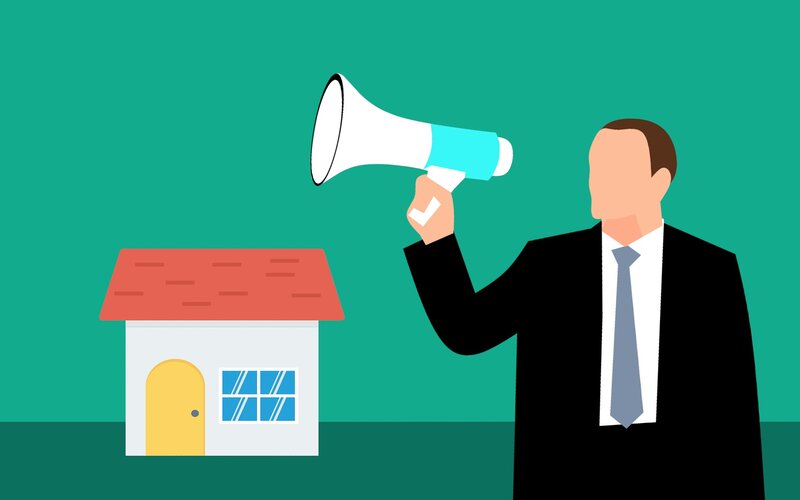Of the 734 markets to record price falls over the past quarter, 354 were in Sydney, and 303 were in Melbourne.
This is out of a total of 917 and 648 house and unit markets in each city respectively, which made up 50% of the suburbs analysed.
CoreLogic head of research Eliza Owen said high-end and inner-city areas emerged as prominent markets to record dwelling price falls.
"It is likely that slightly tighter lending conditions and higher average fixed rates are hitting the very top of housing markets first," Ms Owen said.
"These same areas are seeing some of the bigger jumps in advertised stock levels too so as we see new demand for housing in these areas decline buyers have more choice, more time for decision-making, and more power at the negotiating table."
On the other hand, out of Brisbane and Adelaide's combined 651 house suburbs analysed, none saw a quarterly or annual decline in values. There were minor falls in unit markets, making up less than 1% of markets analysed.
Ms Owen said these markets are buoyed by strong interstate migration.
"For those migrating from the southern states, a typical house in Brisbane was $857,000 in March, significantly less than Sydney’s median of $1.4 million," she said.
There is also a record number of homes going to auction, with Melbourne recording its busiest week for homes under the hammer at 1,750.
Sydney also recorded its sixth-busiest week at 1,481 according to CoreLogic's preliminary auction data.
SQM Research also pointed to a drop for home sellers, with asking prices falling over the past month despite remaining strongly elevated over the past 12 months.
For a Sydney house, asking prices are down 0.4% on the month but 24.1% up over 12 months.
Canberra house asking prices are down 2.1% on the month and 29.7% down over 12 months.
Across all capital cities, units continued their divergence with houses, with asking prices down 0.7% on the month.
The number of new listings is also up 4.1% on the month in Sydney; 9.3% in Melbourne; and 16.4% in Canberra.
Nationally new listings are up 5.7% over the month to March yet are flat at 0.2% up over the past 12 months.
SQM managing director Louis Christopher said this provides more choice for home buyers.
"We still have a shortage of stock in the market, particularly for Brisbane and Adelaide. Those two cities continue to record massive housing price rises as a result," Mr Christopher said.
"Going forward I expect we will shortly enter into a lacklustre period of activity in the lead up to the Federal Election. After that point there will be a looming interest rate rise for the market to consider."
All major banks are now aligned in forecasting a June RBA cash rate hike, with Westpac coming to the table last week.
Many home loan rates are now also at pre-pandemic levels, with home loan sizes also swelling over the past two years.
AMP Capital senior economist Diana Mousina said the bank expects the RBA to lift its cash rate by 90 basis points through 2022.
"The overall takeaway is that interest rates are going higher, but not likely to be high enough in Australia to choke off economic growth or cause a recession," Ms Mousina said.
AMP Capital expects the ratio of housing interest payments to income will rise to just over 5% if the cash rate were to hit 1%.
This is 60 basis points higher than where it stands currently, but lower than the pre-2018 average of 6%, meaning "housing interest costs will not rise to sustainable levels" according to Ms Mousina.
Photo by Rex7000 on Pixabay

Ready, Set, Buy!
Learn everything you need to know about buying property – from choosing the right property and home loan, to the purchasing process, tips to save money and more!
With bonus Q&A sheet and Crossword!



 Denise Raward
Denise Raward


 Alex Brewster
Alex Brewster
 William Jolly
William Jolly

